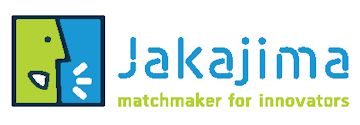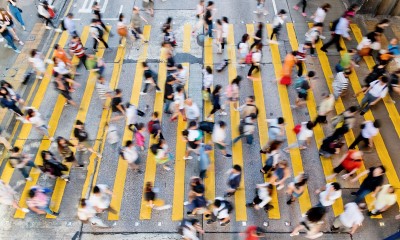TRL stands for Technology readiness levels, which is a system used to estimate technology maturity and very often used in Research and Development.
But there is also something like Societal Readiness Levels (SRL). The Innovation Fund Denmark describes it as follows:
Societal Readiness Level (SRL) is a way of assessing the level of societal adaptation of, for instance, a particular social project, a technology, a product, a process, an intervention, or an innovation (whether social or technical) to be integrated into society. If the societal readiness for the social or technical solution is expected to be low, suggestions for a realistic transition towards societal adaptation are required. Naturally, the lower the societal adaptation is, the better the plan for transition must be. SRL 1 is the lowest and SRL 9 is the highest level.
Levels
SRL 1 – identifying problem and identifying societal readiness
SRL 2 – formulation of problem, proposed solution(s) and potential impact, expected societal readiness; identifying relevant stakeholders for the project.
SRL 3 – initial testing of proposed solution(s) together with relevant stakeholders
SRL 4 – problem validated through pilot testing in relevant environment to substantiate proposed impact and societal readiness
SRL 5 – proposed solution(s) validated, now by relevant stakeholders in the area
SRL 6 – solution(s) demonstrated in relevant environment and in co‐operation with relevant stakeholders to gain initial feedback on potential impact
SRL 7 – refinement of project and/or solution and, if needed, retesting in relevant environment with relevant stakeholders
SRL 8 – proposed solution(s) as well as a plan for societal adaptation complete and qualified
SRL 9 – actual project solution(s) proven in relevant environment
Stages SRL 1‐3 reflect the early work in a research project, including suggesting and testing on a preliminary basis a technical and/or social solution to a technical or a societal problem. Here reflections about the general societal readiness towards the idea and its proposed solution(s) are required, including identifying relevant stakeholders and how to include them (such as end users, the right communities, etc.).
Stages SRL 4‐6 represent the actual solution(s), the research hypothesis, and testing it/them in the relevant context in co‐operation with relevant stakeholders, while keeping a focus on impact and society’s readiness for the product. In these stages expectations on the societal adaptation must be described in specific terms and, to the extent possible, be part of the test phase.
Stages SRL 7‐9 include the end stages of the research project, including refining the solution(s), implementation and dissemination of results and/or solution(s). Here the plan for addressing the societal readiness on a practical level to gain impact, creating awareness, disseminating results, etc., will be carried out.
It is useful to view all innovations not just from TRL point of view, but also from SRL point of view.
Here are some posts and papers about SRL.
We at Jakajima have to think about it how to implement it in our conferences.

